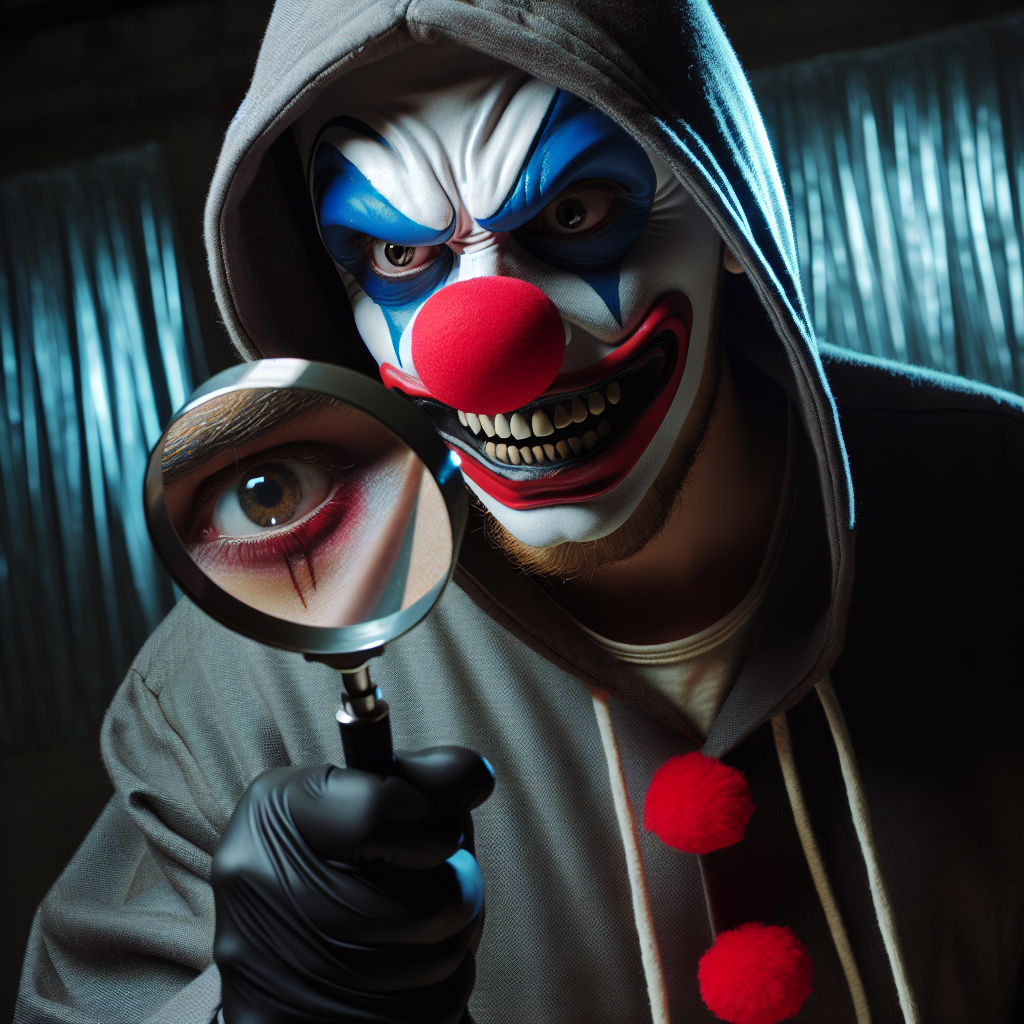Ad Details
-
Ad ID: 503
-
Added: November 20, 2024
-
Views: 114
Description
===INTRO:===
In the chilling realm of horror cinema, few characters strike as much fear into the hearts of viewers as Art the Clown, a central figure in the "Terrifier" franchise. Known for his grotesque appearance and brutal killings, Art’s motives behind his violent acts demand a closer look. Understanding the psychological underpinnings of his actions not only deepens our appreciation of horror as a genre but also reveals the darker facets of human nature. Exploring the complexities of Art the Clown’s motivations can provide insight into what makes him a compelling figure in contemporary horror.
Understanding the Psychological Drivers of Art the Clown’s Violence
Art the Clown embodies a unique blend of nihilism and primal instincts, transforming him into a symbol of raw fear. His sadistic killings serve as an extreme expression of control, a trait commonly found in psychopaths. Unlike traditional antagonists, Art finds pleasure not just in the act of murder, but in the suffering he inflicts. This pleasure is derived from an intense desire to dominate his victims, making his violence a twisted form of artistry. Such psychological drivers underscore the fact that Art is not merely a killer; he is a predator relishing the hunt, exhibiting traits that echo the darkest elements of human psyche.
Delving into Art’s character reveals an absence of empathy—a crucial factor in his violent tendencies. Clinical studies suggest that individuals with psychopathic traits often lack remorse and guilt, enabling them to commit heinous acts without a moral compass. Art’s behavior is a disturbing caricature of this reality, showcasing the chilling absence of humanity. His penchant for theatricality in murders—such as the elaborate setups and gruesome displays—is not just for shock value but serves as a chilling reminder of his complete detachment from the emotional ramifications of his actions.
Furthermore, Art the Clown’s character capitalizes on societal fears surrounding chaos and unpredictability. The randomness of his killings reflects a deep-seated anxiety about losing control in a structured world. This notion resonates with audiences, driving home the idea that horror often springs from the unknown. In this light, Art’s violence isn’t just a personal choice; it symbolizes a collective fear—one that taps into the primal instinct for survival and the dread of being powerless against evil incarnate.
Analyzing Themes of Fear and Control in Art’s Murders
Art the Clown’s murders are steeped in themes of fear and control, intertwining his identity with the very essence of horror. Each act of violence is not merely a physical assault but a psychological manipulation aimed at instilling terror. Art’s methodical approach underscores a chilling predilection for dominance, revealing that fear is a tool he wields with precision. His killings often evoke visceral reactions, compelling viewers to confront their worst fears, thereby establishing a unique relationship between the audience and the character.
The artistry in Art’s methods serves to elevate fear to an almost surreal experience. The infamous scene where he meticulously prepares his victims is a stark reminder of the lengths he will go to maintain control. This theatricality magnifies the horror, transforming each murder into a grotesque performance that demands unwavering attention. By crafting his acts of violence into grotesque spectacles, Art reveals a disturbing truth about human fascination with fear—it is both a source of revulsion and a strange allure that draws audiences deeper into the narrative.
Moreover, Art’s ability to elude capture adds another layer to his character, reinforcing themes of dominance and control. His resolute defiance against societal norms—laws that govern human behavior—illustrates a profound rejection of authority. This rebellion not only amplifies his terror but also serves as a commentary on the fragility of societal order. Viewers are left grappling with the unsettling notion that true horror lies not just in Art’s actions but in the realization that chaos can disrupt everyday life in ways we least expect.
===OUTRO:===
In exploring the motives behind Art the Clown’s killings, we uncover a rich tapestry of psychological insight and thematic depth that challenges our understanding of fear. Art stands as a harbinger of chaos, embodying the darkest recesses of the human experience. By dissecting his character, we not only gain a deeper appreciation for the horror genre but also confront the unsettling realities that lie within us all. As audiences, we can choose to dive deeper into the narratives that thrill and terrify, allowing ourselves to explore the intricacies of fear and control in the world of horror. Engage with Art’s story further and discover how understanding such multifaceted characters can change your perception of fear in cinema.
Exploring the Rich Tapestry of Christmas FlavoursExperiencing Christmas Eve Traditions in Miller’s PointExploring the Magic of Christmas at the Plaza HotelRelevant LinkRelevant LinkRelevant LinkAlex Formenton: Latest Updates on His NHL JourneyUncovering the Truth: Inside the World of Dirty NewsAishwarya Rai: Latest Updates on Her Career and ProjectsRelevant LinkRelevant LinkRelevant Link






